 Penfield Reef has for centuries been a dreaded hazard to mariners sailing Long Island Sound. Even with a modern lighthouse now in position, flashing a strong VRB-25 optic as a warning, it is not unusual for several boats a year to run aground on the reef.
Penfield Reef has for centuries been a dreaded hazard to mariners sailing Long Island Sound. Even with a modern lighthouse now in position, flashing a strong VRB-25 optic as a warning, it is not unusual for several boats a year to run aground on the reef.
Penfield Reef is over a mile long, extending out from Penfield Beach in Fairfield, Connecticut. Even as late as the middle of the 19th century, only a pair of buoys marked the reef, and ships were regularly hitting the rocks. The steamer Rip Van Winkle loaded with passengers ran aground on the reef in 1864, but miraculously disaster was narrowly avoided. Incidents like this led local mariners and merchants to protest loudly for a lighthouse to be placed on the reef. Captain D.C. Constable of the Board of Light-House Commissioners declared Penfield Reef to be “the most dangerous locality, during fogs and snow-storms, upon Long Island Sound.”
It took several more years, but finally in 1870 and 1871 Congress allocated a total of $55,000 for construction of a lighthouse. First a granite riprap foundation was laid, followed by an 18-foot tall cylindrical pier, made out of cut granite with a width of forty-eight and a half feet at its base. (Around the turn of the century builders added 1,200 tons of riprap to the foundation for extra protection.) The pier was filled with concrete, although space was left near the top for a basement. Then a twenty-eight square-foot keeper’s residence, complete with mansard roof, was built upon the pier. The first floor included a kitchen, sitting room, and oil room, and a wooden stairway led to four bedrooms on the second floor. The lighthouse began serving mariners in 1874 with a machine-operated fog bell and a fourth-order Fresnel lens exhibiting a flashing red light.
Penfield Reef Lighthouse is said to be haunted by the ghost of an old keeper. Just before Christmas in 1916, Head Keeper Frederick A. Jordan anxiously climbed into a small boat and began rowing towards shore to spend the holiday with his family, whom he had not seen for several weeks as a series of storms had kept him trapped at the lighthouse. The assistant keeper, named Iten, watched as Jordan’s boat capsized in the choppy seas. Due to the increasingly stormy weather, Iten was delayed in launching a rescue boat, and watched helplessly as Jordan drifted away holding onto the overturned rowboat. Eventually Iten lost sight of the head keeper, and he was presumed lost and drowned.
Iten was promoted to head keeper after Jordan’s disappearance, but every so often he felt an unearthly chill in the lighthouse for unexplained reasons. One time he saw a hazy presence coming out of the dead keeper’s former room. After gathering his wits, the keeper looked around the station and found that the logbook was taken down from the shelf where it was stored, and had been opened to the page that described Jordan’s death! Even in more modern times, when the beacon occasionally behaves erratically longtime locals say it is the ghost of keeper Jordan having a little fun.
After ten years of service following the death of keeper Jordan, Iten said, "I have seen the semblance of the figure several times... and so have the others [two assistant keepers], and we are all prepared to make an affidavit to that effect. Something comes here, of that we are positive."
In 1969, the Coast Guard announced plans to tear down the venerable granite structure and replace it with a pipe tower. Local residents began a vocal campaign opposing these plans, and with the assistance of then Congressman Lowell Weicker and State Representative Stewart McKinney, the Penfield Reef Lighthouse was preserved. The beacon was automated in 1971, and in the following years the structure suffered from neglect. In 2000, an inspection showed that one of the main support beams had rotted, causing the lantern to tilt noticeably. The following year, water leaks in the lantern were repaired and mortar joints repointed. A new stainless steel roof was placed on the lantern room in 2003.
Penfield Reef Lighthouse was placed on the National Register of Historic Places in 1990. Although it is reportedly possible to walk to the lighthouse during low tide, legend says that an incoming tide swept away one family attempting the crossing. In any case, it’s not considered advisable, and the safest way to get a close-up view is with a boat. This ride is best done with a captain familiar with the area. A sign warns mariners of the rocks near the lighthouse, and apparently a number of boaters have hit the rocks while trying to get close enough to read the sign.
The Coast Guard made preparations in 2005 to declare Penfield Reef Lighthouse expendable property and to transfer the title to an appropriate new caretaker, as directed by the National Historic Lighthouse Preservation Act of 2000. In 2007, Penfield Reef Lighthouse was offered to qualified entities, including non-profit organizations and state and local agencies.
Photo Text & Copyright www.Lighthousefriends.com









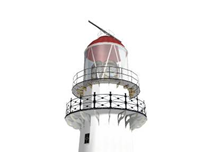













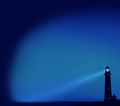





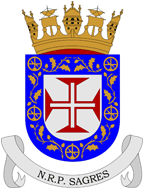













































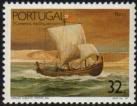












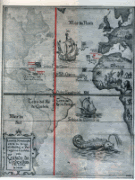



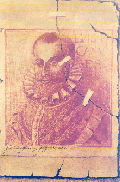




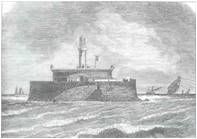











































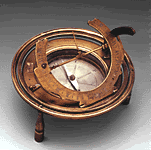
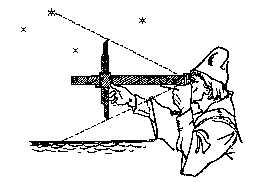










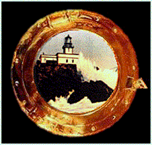



















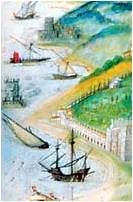

Sem comentários:
Enviar um comentário